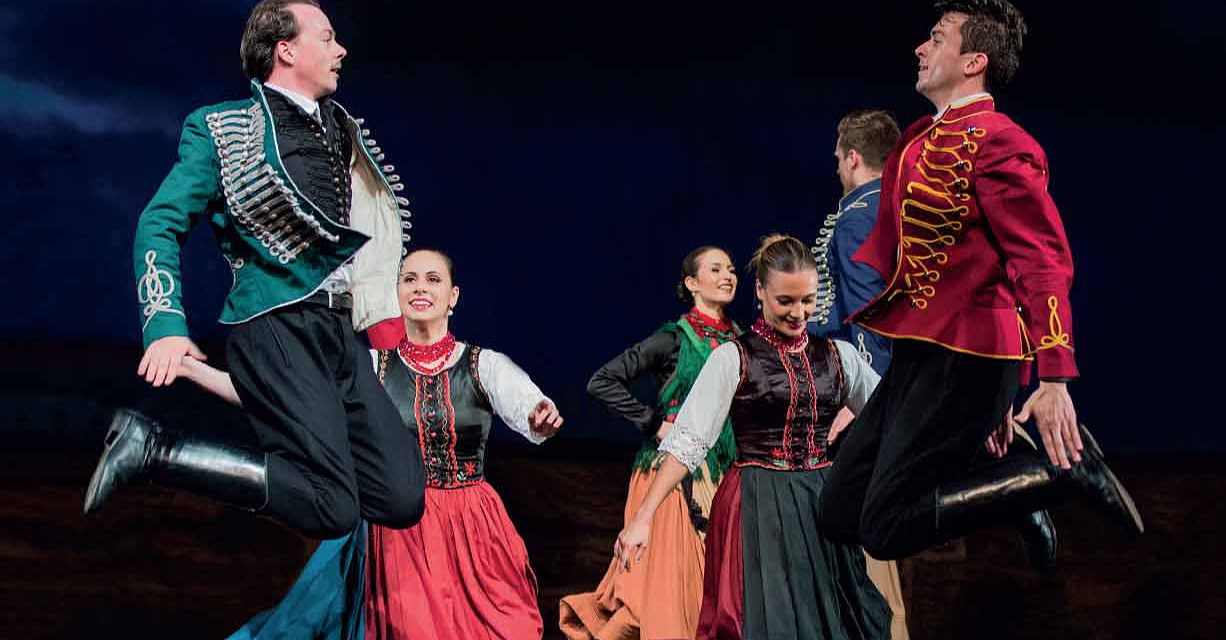The House of Traditions is organizing Verbunk Day for the first time on Saturday. At the event, from Kapuvár to Székelyudvarhely, from Felvidék to Sárköz, hundreds of dancers dance the verbunk dances of different regions at the same time.
With the event, I would like to draw attention to the diversity and richness of forms of the folk dance tradition of the Carpathian Basin.
According to the House of Traditions, the verbunk of each landscape unit of the Carpathian Basin will be presented at five locations, and the event will be made special by the simultaneous production of dancers from five landscape units. The Kisaföldi dance material will be presented in Kapuvár, the East-West Palócság and Sárköz tradition with the dancers and orchestra of the Hungarian State Folk Ensemble in Budapest. The dances of Bodrogköz and Szatmár will be presented in Nyíregyháza, the eastern and western verbunks of the Highlands will be performed together in Komárom, Slovakia, and Székelyudvarhely will join the program by presenting the Transylvanian material on June 12, the announcement states.
From the 18th century onwards, the enlistment of soldiers was a dance and music event, traditionally on these occasions they danced the verbunk, which later became an independent, rich motif-rich, virtuoso male dance in the dance life of the peasantry and also played a role in the development of our national ballroom dance, the csárdás. In 2018, the two emblematic dances were added to the list of UNESCO's intellectual cultural heritage, the summary reads.
As they add, in Europe, national dances date back to the 18th and 19th centuries. were formed during the century. By this time, men's dances had already faded from the more civilized dance life of Central and Western Europe, but they still played a significant role in the dance life of reform-era Hungary. The improvisational performance typical of our old-style dances lived on in our verb.
Verbunk dances took different forms in different regions of the country, different versions spread from completely fixed forms to semi-fixed, half-improvisational dance creations, from individual performances to circle dances to group forms.
More information about the event is available at https://hagyomanyokhaza.hu/hu/verbunknapja
MTI
Cover image: Illustration / fidelio.hu












